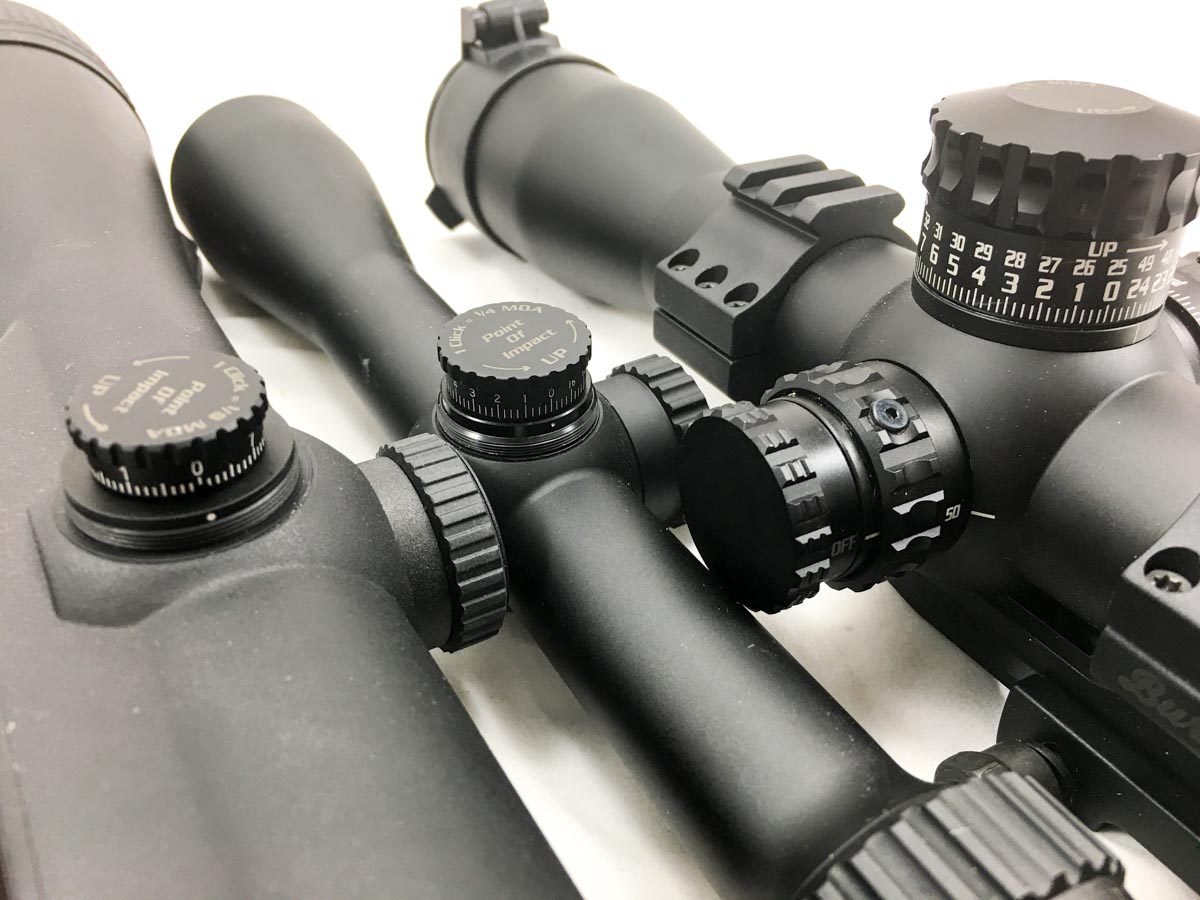
The Burris XTR II
on the right is designed for quick turret adjustments, while the Burris Eliminator III
and Burris Fullfield E1
have reticles designed for hold over shooting.
I used to play a fair bit of golf in my younger days. One of the reasons I gave it up was the increasing frequency of my travels into other fairways – you know, the ones two counties to the right. I could hit the ball a country mile, but unfortunately, that “mile” was usually not in a straight-forward direction.
As with golf, you have to account for two variables in long range shooting – distance and lateral movement from the wind and other factors. In golf, you select your club and swing speed based on your best estimation of distance. And assuming you don’t have a wicked slice like me, you estimate how much the wind is going to blow your ball sideways and aim accordingly. When shooting long range, you don’t change clubs for distance, you adjust your scope, and you still adjust your aim point to account for the wind.
Let’s take a look at the lateral (windage) and vertical (elevation) factors for which we need to account. Then, we’ll consider different approaches to “dial those in” so we can hit targets with regularity.
Windage
For side to side variation, there are at least three factors that influence where a bullet is going to strike relative to your point of aim: wind, spin drift, and Coriolis effect. Fortunately, the only thing that most of us regular folks have to worry consciously about is wind. The wind has the greatest (by far) impact on how a bullet travels sideways when compared to the other two factors.
Spin drift, or gyroscopic drift as ballistic geeks call it, is the lateral movement of a bullet due to the air flow around it caused by its rotation. Using a barrel with a right-hand twist, bullets will tend to slide to the right over distance, maybe a handful of inches over 1,000 yards of travel depending on the specific projectile type. For our purposes, it’s important to recognize that spin drift impact is probably less than the precision with which we can account for wind. In other words, if we were able to measure the precise wind impact along the flight path to a decimal point or so, then we’d have to account for spin drift. If we’re estimating wind to the “nearest couple of miles per hour” then the spin drift effect will get buried in our imprecision.
Coriolis effect is fun to think about, but again not a big deal for us average long range shooters. Since the earth spins, we’re all moving all the time. As I sit here in South Carolina, I’m booking along at about 900 miles per hour. When you’re out shooting, your target is too. So, while the bullet is in flight, the target is moving out of the way. It’s like a carousel. If you stand in the middle and throw a brick directly at one of the horses that don’t go up and down – because what good is a stationery carousel horse – the brick will fly behind the sedentary horse because the horse is moving forward as the brick is in the air. Fortunately, this effect isn’t a big deal either unless you need extreme precision at really long range. For something like a .308 round at 1,000 yards, the effect might only be a couple of inches.

Most scopes use 1/4 MOA (or 1/4-inch at 100 yard) click adjustments, although the Burris Eliminator III integrated laser model offers 1/8 MOA adjustment.
Wind is what gives everyone fits because it’s so random. Not only is it hard to estimate with real precision, but it can also vary along the flight path. I’ve shot 1,000-yard scenarios where the wind is blowing in opposite directions at the shooting position and target. There might be wind at other speeds and from other directions anywhere in between. It’s like a golf putting green that slopes right, then left, then right again. As a result, making correct wind estimation is 50% science, 50% experience, and 94% VooDoo. Just a five mph crosswind at 1,000 yards when shooting a Federal 175-grain Sierra Matchking load moves that bullet 53 inches by the time it reaches its target. That’s almost four and a half feet!
Elevation
Gravity causes bullets to drop a lot at longer ranges, but it’s very predictable. Unlike the wind, gravity doesn’t get moody – it’s amazingly consistent. If you know your bullet will drop 42 inches at some distance, it’s going to do that every time assuming similar atmospheric conditions. When the environment varies, you can easily calculate the impact of that change. The bottom line is that accounting for elevation is surprisingly easy once you get the hang of how the tools like ballistic calculators and scope adjustments work. If there is no wind, there is no reason you shouldn’t hit a 1,000-yard target every single time.


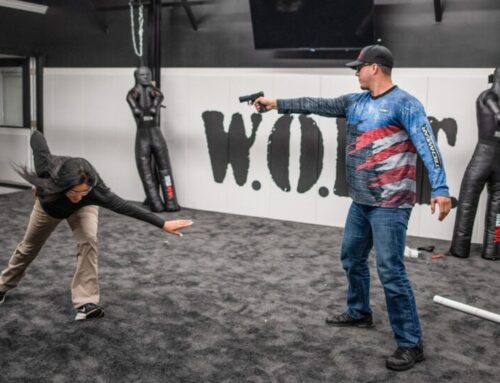
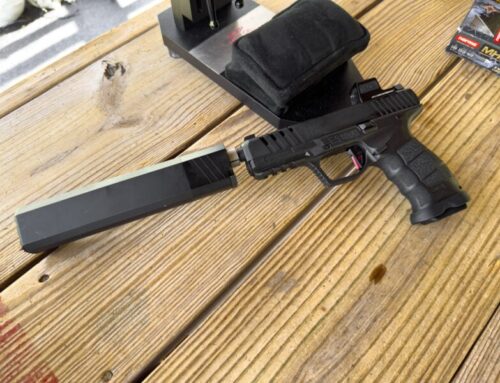
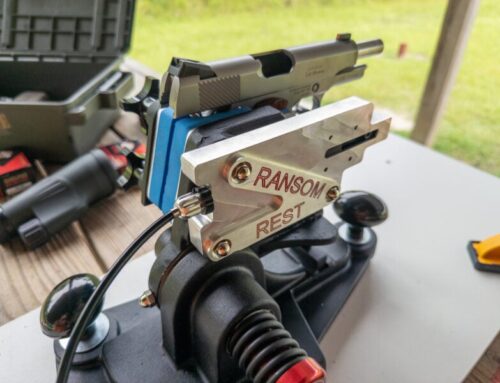
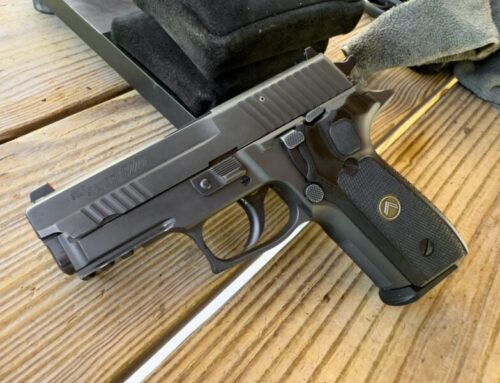
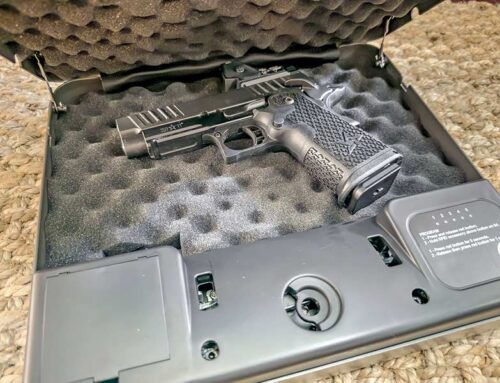
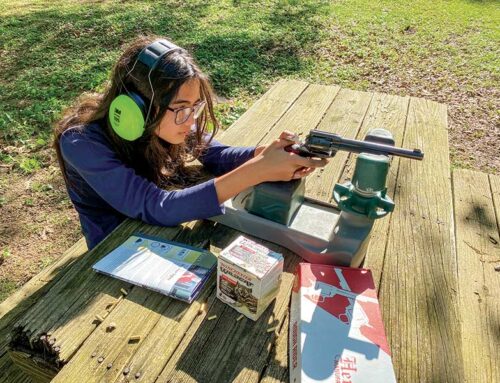
Leave A Comment